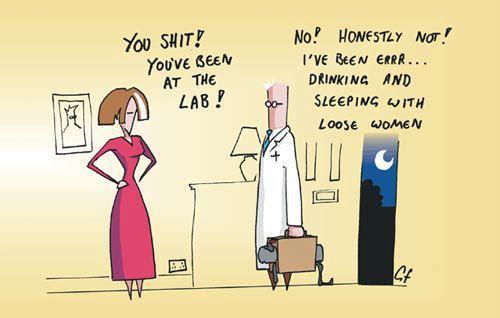So what does Pietro do each day here?
Well, each morning he takes a 'Euskotren' train from the Casco Viejo station, five minutes’ walk away from our flat:
Well, each morning he takes a 'Euskotren' train from the Casco Viejo station, five minutes’ walk away from our flat:
From Bilbao, the railway chugs up to and down from the tunnel through the Artxanda hill and into the Zamudio valley. It is apparently known as ‘The Railway of the Dead’ because Bilbao’s main cemetery is next to the railway station in the town of Derio, near Zamudio, and corpses were once taken there by train...
After twenty minutes, he gets off at Zamudio, a village in a valley a few miles outside Bilbao, which is where the Biscay Technology Park (Parque Tecnologico de Bizkaia) is situated. The technology park is the Basque Country’s ‘Silicon Valley’, and is home to many hi-tech companies and institutes, and some exceptional contemporary architecture (www.bilbaointernational.com/en/bizkaia-technology-park).
So, Pietro works at the Basque Country's Centre for Cooperative Research in Biosciences (Centro de Investigacion Cooperativa en Biociencias) or ‘CIC Biogune’ for short (www.cicbiogune.es ). The institute is not that big – but represents the Basque Country’s ambitions to participate in scientific research at the highest level.
His current research project, in the Structural Biology unit of the institute (www.cicbiogune.es/secciones/investigacion/lista_laboratorios.php?idioma=en&unidad=5&subseccion=miembros) is investigating the biology of the Hepatitis C virus. He works with a small group of just 4 people (one Italian, one Polish, one Catalan, one Spanish). You can read more about their work here: http://www.cicbiogune.es/secciones/investigacion/ficha_laboratorio.php?idioma=en&unidad=5&subgrupo=51&subseccion=unidades_investigacion.
For anyone who’s a bit vague about what exactly Pietro does – he’s a structural biologist, which means that he investigates the structures of molecules, especially proteins. One of the ways he does this is by using x-ray crystallography. He crystallises proteins, then shines X-rays on them and studies the diffraction patterns this makes in order to deduce their molecular structures. One of the main functions of this work is to work out how drugs can react effectively with proteins to provide cures for or alleviate symptoms, of disease, but crystallography more broadly is also crucial to understanding life (genomics etc).
Working hours are generally more regular than they were back in Oxford (when it wasn’t unusual for him to come home from the lab at midnight, or stay there most of the night.) However, even here occasional evening or weekend trips to the lab are required to tend to various experiments. (This cartoon will make sense to anyone with a scientist partner:)
On one evening trip to tend to some particularly smelly experiment, I went along to the lab with Pietro, and caught a rather wonderful sunset:
Time for bed, said Zebedee.










 RSS Feed
RSS Feed